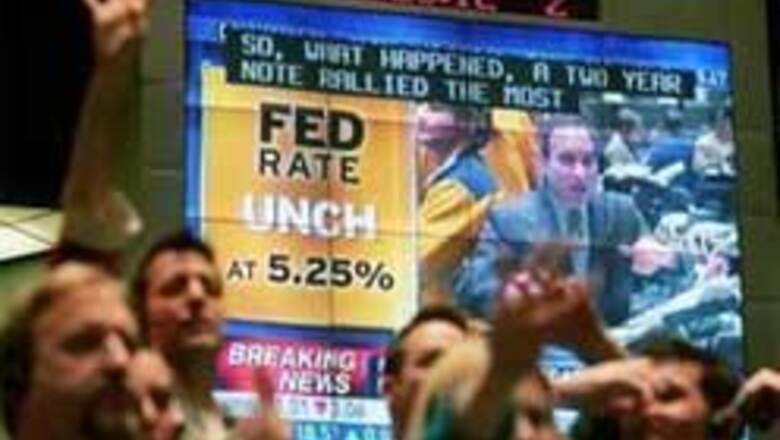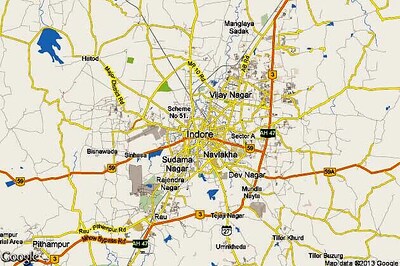
views
Recent newspaper headlines screamed how the Reserve Bank of India (RBI) has reduced the CRR. On Tuesday, even repo rates were cut. Do these move have any implications on your home loan interest rate?
Wealth addressed a reader, Rajendra's queries:
- What do CRR and RPLR (or PLR) mean? What does repo rate mean?
- How is a home loan based on RPLR and CRR different from each other?
- How much has the CRR changed as against RPLR/PLR in the last one-three years?
- Is shifting from a RPLR based home loan to a CRR based home loan beneficial?
Cash Reserve Ratio (CRR)
This is the percentage of total cash deposits that all banks in India have to keep with the Reserve Bank of India (RBI).
When the CRR is hiked, banks have to keep that much more cash with the RBI and as a result, they have a lower amount to lend. This results in interest rates going up (because there is less money to lend and many who want to borrow). Conversely, when the CRR is reduced, banks have more funds available, which can lead to reduction in interest rates.
Recently, the RBI slashed the CRR by 150 basis points, and it now stands at 6.5 per cent. This was done to bring in more cash into the system or in other words, to bring more liquidity.
Changes in the CRR may result in a change in the interest rates on loans and deposits offered by banks. However, home loans (or for that matter any loan) are not directly linked to the CRR. There is no CRR based home loan.
Repo rate cut might impact loans
The RBI has cut the repo (repurchase) rate by 100 basis points today. The revised rate is 8 per cent. This is the rate at which banks borrow money from the RBI. So, a slashed repo rate is good news for banks, since they can obtain funds at a lower rate. Since banks will have to pay less for borrowing money, the benefit might be passed on loan customers, in the form of reduced interest rates on loans.
Prime Lending Rate (PLR) or Retail Prime Lending Rate (RPLR)
Both, PLR and RPLR, are the same. PLR is a bank's benchmark interest rate. Based on this rate, banks fix rates on various loan products. For instance, let's assume a bank fixes its home loan floating rate at 0.5 per cent above its PLR. So, if the PLR of the bank is, say, 10 per cent, then the floating rate on its home loan will be 10.5 per cent.
If you have taken a floating rate loan, it would be linked to the bank's PLR. As and when the PLR changes, the interest rate on your loan will change. Each bank sets it own PLR depending on how much margin it wants to earn on the loans given.
Since there is nothing like a CRR based loan, the question of you changing from a CRR loan to a PLR loan does not arise.
Are CRR and PLR linked?
The PLR can change if CRR changes, and not the other way around. A CRR change will not always lead to PLR change. That bank will assess the demand and supply position of loans and then decide if it should change the PLR.
Here are the CRR and PLR values in the last three years:
PLR (IN PER CENT)
December 2006
5
11 to 11.50
December 2007
7.50
12.75 to 13.25
October 2008
6.50
12.75 to 13.25




















Comments
0 comment